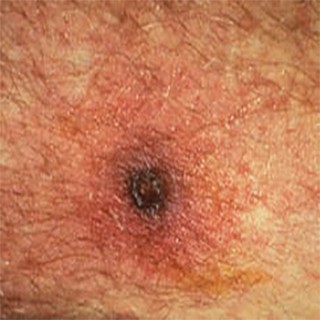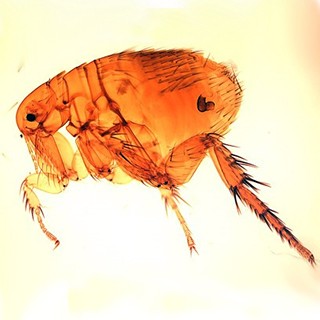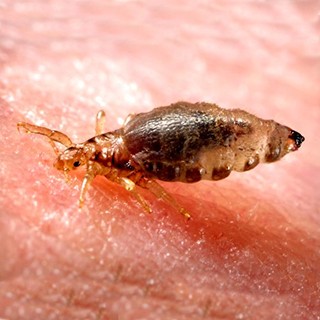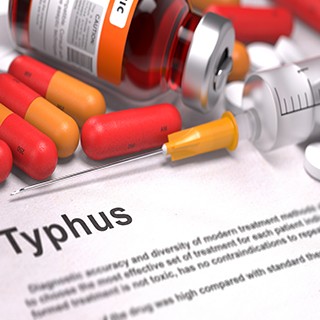
Typhus
Typhus fevers are a group of diseases caused by bacteria that are spread to humans by fleas, lice and chiggers. Typhus fevers include scrub typhus, murine typhus and epidemic typhus. Chiggers spread scrub typhus, fleas spread murine typhus, and body lice spread epidemic typhus.
TYPES OF TYPHUS

Scrub Typhus, also known as bush typhus, is a disease caused by a bacteria called Orientia tsutsugamushi. Scrub typhus is spread to people through bites of infected chiggers (larval mites). Most cases of scrub typhus occur in rural areas of Southeast Asia, Indonesia, China, Japan, India and northern Australia. Anyone living in or traveling to areas where scrub typhus is found could get infected.

Murine typhus, also called endemic typhus or flea-borne typhus, is a disease caused by a bacteria called Rickettsia typhi. Murine typhus is spread to people through contact with infected fleas. People get sick with murine typhus when infected flea feces are rubbed into cuts or scrapes in the skin. In most areas of the world, rats are the main animal host for fleas infected with murine typhus. Murine typhus occurs in tropical and subtropical climates around the world where rats and their fleas live. Cat fleas found on domestic cats and opossums have been associated with cases of murine typhus in the United States. Most cases of murine typhus in the United States are reported in people from California, Hawaii and Texas.

Epidemic typhus, also called louse-borne typhus, is an uncommon disease caused by a bacteria called Rickettsia prowazekii. Epidemic typhus is spread to people through contact with infected body lice. Though epidemic typhus was responsible for millions of deaths in previous centuries, it is now considered a rare disease. Occasionally, cases continue to occur in areas where extreme overcrowding is common and body lice can travel from one person to another. In the United States, rare cases of epidemic typhus, called sylvatic typhus, can occur. These cases occur when people are exposed to flying squirrels and their nests.

SYMPTOMS AND TREATMENT

Early symptoms of flea-borne typhus develop within 14 days of contact with infected fleas. Symptoms include headache, fever, nausea and body aches. Five or six days after initial symptoms begin, a patient may experience a rash that starts on the trunk of the body and spreads to the arms and legs.
People experiencing symptoms should consult with a health care provider to be appropriately tested and treated for the disease. Flea-borne typhus is easily treated with certain antibiotics. Patients do not normally acquire it again after they recover.

PREVENTION STEPS
Tarrant County Public Health encourages all residents to guard against contracting flea-borne typhus. Residents are asked to:
- Keep yards clean and clutter-free so rodents, opossums and stray cats cannot live in the area.
- Do not leave pet food out at night. It attracts other animals.
- Prevent rodents from living inside a home. They carry fleas.
- Treat pets regularly for fleas with a veterinarian-approved flea control product.
- Use a commercial flea control product before beginning rodent control in a house or yard. Fleas will search for new hosts when rodents die.
- Wear gloves and spray insect repellent on yourself before handling sick or dead animals.
- Use insect repellent when hiking, hunting, camping or engaging in outdoor activities.


 TARRANT COUNTY, TX
TARRANT COUNTY, TX

 Epidemiology
Epidemiology